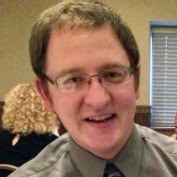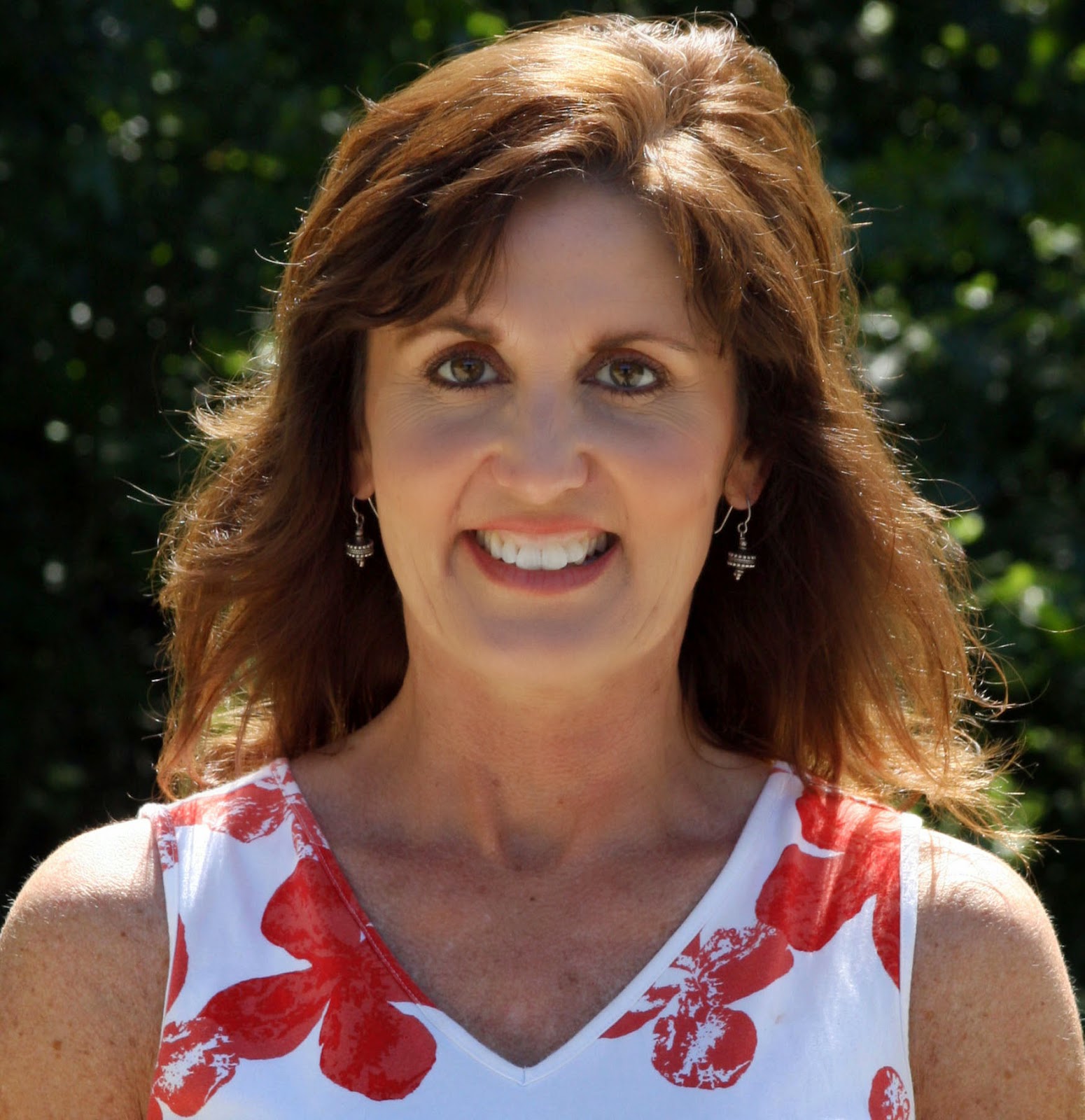Category:
Unwanted Meds program gets UpClose with Great Lakes plastic researcher
May 21st, 2014 by iisg_superadminNew grant helps secure disposal boxes for Indiana communities
May 16th, 2014 by iisg_superadmin “IISG has been instrumental in providing financial assistance for take-back programs in Indiana,” said Scott Morgan, IHHWTF president. “Without this support, some of the programs may not have been established.”
“IISG has been instrumental in providing financial assistance for take-back programs in Indiana,” said Scott Morgan, IHHWTF president. “Without this support, some of the programs may not have been established.” Social science researchers help evaluate more effective weather warnings
May 14th, 2014 by iisg_superadminNew education coordinator very familiar with IISG mission
May 6th, 2014 by iisg_superadminTerri Hallesy is IISG’s new education coordinator. She has been a part of the program’s education team since 2004 and has played a key role in developing curriculum, conducting educator workshops, and designing IISG-led courses. Her list of accomplishments includes the Nab the Aquatic Invader! website and the B-WET teacher workshop. Terri has received several awards during her tenure with IISG, including an Extension Award of Excellence in 2008 for her efforts on a University of Illinois service-learning course. As the education coordinator, Terri will develop new programs and resources to build our program and improve Great Lakes education in the region. She will also oversee several state and regional collaborative education efforts, including the Center for Great Lakes Literacy project.
Learn about Chicago’s beautiful lakefront with our Chicago Water Walk app
May 1st, 2014 by iisg_superadmin Residents and visitors alike can learn more about the beloved Chicago lakefront with our new Chicago Water Walk mobile tour. The app offers a self-guided walking tour of the city’s historic and scenic shoreline from Navy Pier to the Museum Campus, with stops and landmarks along the way.
Residents and visitors alike can learn more about the beloved Chicago lakefront with our new Chicago Water Walk mobile tour. The app offers a self-guided walking tour of the city’s historic and scenic shoreline from Navy Pier to the Museum Campus, with stops and landmarks along the way.Chicago Water Walk takes users on a journey through time to discover how Lake Michigan and the Chicago River transformed a small trading post into one of the economic and cultural hubs of the world—and the vital role these natural resources play in the city’s present and future.
The app explores some of the city’s most celebrated sites—Navy Pier, the Chicago River, downtown marinas, Buckingham Fountain, and Museum Campus. Each stop combines history, current events, and water sciences with fun facts to show the importance of aquatic ecosystems in the city’s past, present, and future. Stunning photos, historical images, and links to videos and other resources bring these issues to life and reveal a lakefront that will surprise even lifelong Chicagoans.
Through the tour you’ll learn why the decision to reverse the Chicago River is still making waves more than a century later, how a city that sits along Lake Michigan can be concerned about having enough water in the future, and how native trees and plants are helping the city prepare for changing weather patterns. You’ll also find out about efforts to restore much-needed habitats for millions of birds, fish, and other wildlife.
North Central Region Water Network launches with webinar series
April 29th, 2014 by iisg_superadmin
Summer intern Alice continues on with IISG’s aquatic invasives team
April 21st, 2014 by iisg_superadmin As an outreach assistant, Alice works on wide range of projects, including finding new opportunities to connect with recreational water users, aquarium hobbyists, water gardeners, and more. She will spend much of the summer spreading the word about AIS at professional and amateur fishing tournaments. Her message to anglers and boaters will be simple—be sure to remove, drain, and dry after a day on the water.
As an outreach assistant, Alice works on wide range of projects, including finding new opportunities to connect with recreational water users, aquarium hobbyists, water gardeners, and more. She will spend much of the summer spreading the word about AIS at professional and amateur fishing tournaments. Her message to anglers and boaters will be simple—be sure to remove, drain, and dry after a day on the water. Illini Bass Fishing Club helps IISG spread invasive species info
April 8th, 2014 by iisg_superadmin“If every fishing tournament this year was like the High School Open, this will be a great year for AIS outreach. During the couple hours we were onsite, Sarah Zack and Alice Denny talked with hundreds of anglers, coachers, and on-lookers from Illinois and Wisconsin.
The day also proved successful for many of the anglers fighting to catch the most and biggest bass. The fish were hesitant to bite, but more than half of the 79 competing teams weighed in at least one. Several teams brought in bags of fish weighing more than 6 lbs. The winning duo, though, sealed their victory with two fish weighing in at 8.3lbs, and the Big Bass award went to an Edinburg-South Fork student who caught a 6.46lb largemouth bass—a true “Clinton Lake slaunch.”
 Sunday was the first of many tournaments for IISG’s AIS outreach team as well. Sarah, Alice, and others will take their message of prevention to professional and amateur tournaments across Illinois and Indiana this spring. But the annual High School Open marked a rare and important opportunity to talk with young anglers about the importance of curbing the spread of AIS.”
Sunday was the first of many tournaments for IISG’s AIS outreach team as well. Sarah, Alice, and others will take their message of prevention to professional and amateur tournaments across Illinois and Indiana this spring. But the annual High School Open marked a rare and important opportunity to talk with young anglers about the importance of curbing the spread of AIS.” New aquatic ecology specialist joins IISG
March 21st, 2014 by iisg_superadmin Jay Beugly has joined the team as IISG’s newest aquatic ecology specialist. Located a Purdue University, he works closely with our research team to increase public awareness of the Michigan City nearshore buoy and help boaters, anglers, and beachgoers make use of the data. He also helps coordinate research and outreach activities on Purdue’s West Lafayette campus.
Jay Beugly has joined the team as IISG’s newest aquatic ecology specialist. Located a Purdue University, he works closely with our research team to increase public awareness of the Michigan City nearshore buoy and help boaters, anglers, and beachgoers make use of the data. He also helps coordinate research and outreach activities on Purdue’s West Lafayette campus. Recent News
- IISG’s Eliana Brown wins 2025 Illinois Extension Excellence Award
- We’re hiring eight interns for summer 2026
- In 2026, IISG intends to fund 10 research projects focused on coastal concerns
- IISG looks back on 30 years of AIS outreach
- New step-by-step guide and veterinary brochures expand UnwantedMeds.org resources
IISG Instagram
This season, let’s teach eco-friendly habits while spreading cheer! NOAA’s Greener Holiday Gift Guide is full of ideas to reduce waste and protect our precious water resources.
Check out the full guide at the link in bio.
#teachingtuesday
NOAA Marine Debris
NOAA Education

The gales of November may come early, but, as usual, the nominations for the Lakies are right on time along with our official call for nominations!
Brought to you by the Teach Me About the Great Lakes podcast, The Lakies (aka "quite possibly not the least prestigious Great Lakes-focused awards ceremony there is”) are back.
Our goal isn`t to be the Official Arbiters of Quality, but to host a fun celebration of amazing Great Lakes-related research, outreach, and communication in the inimitable Teach Me style.
Nomination categories are:
-Great Lakes Science Communication of the Year
-Great Lakes Outreach Program of the Year
-Great Lakes News Event of the Year
-Great Lakes Research Finding of the Year
-Coolest Thing You Learned Listening to TMATGL in 2025
-Science Podcast of the Year (Non-TMATGL edition)
-Great Lakes Animal of the Year
-Great Lakes Non-Animal of the Year
-Great Lakes Sandwich of the Year
-Great Lakes Donut of the Year
The Details:
-Deadline: Nominations close on December 4th.
Process: It`s easy (just enter the name/title and a link).
-Self-Nominations: Highly encouraged. Don`t be shy.
We’d love to get a broad swath of work across both the serious and less-serious categories to celebrate. Feel free to pass the link on to interested people: https://bit.ly/Lakies25

Making Sense of Social Media: Presented by Illinois-Indiana Sea Grant & Purdue Extension
When: December 6, 2025, from 1 - 4:00 PM EST
Where: RDM Shrimp, RDM Shrimp, 101 N 850 E, Fowler, IN 47944
Registration Link in bio.
Social media can be a great way to market your small business and products, but sometimes it might feel like you are casting a net again and again to find that your net is empty. After all, the point of using social media marketing is to connect with customers. By attending this workshop, you will:
-Hear Research Findings
-Participate in an Interactive Workshop Session
-Learn Real World Application
-Tour a Shrimp Farm
-Network at the “After Hour Social”
This program is supported by the North Central Regional Aquaculture Center and put on in partnership with the Indiana Aquaculture Association Inc, RDM Shrimp, and Ohio Sea Grant, The Ohio State University.
For questions contact Amy Shambach by email (ashambac@purdue.edu) or phone (317-238-0511)

This fall, our team took advantage of several opportunities to showcase our engaging educational programs at outreach events.
One highlight included the Great Plankton Race, where participants built plankton models and tested various adaptations that help this vital part of the food web survive.

Categories
- Aquaculture
- Aquatic Invasive Species
- Buoys
- Climate Ready Communities
- Coastal Resilience
- Director's Blog
- Education
- Featured
- Fellowships
- Fisheries
- Funded Research
- Funding
- Great Lakes Cleanup
- Great Lakes Data
- Healthy Waters
- Internships
- Jobs
- K-12 Education
- News
- Photos
- Program
- Recreation & Tourism
- Resources
- Sea Grant Scholars
- Stormwater & Green Infrastructure
- Sustainable Community Planning
- The Helm
- Uncategorized
- Video
- Water Resource Economics




